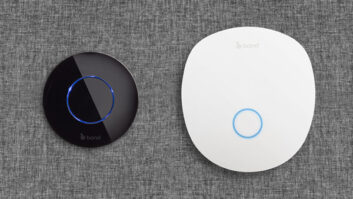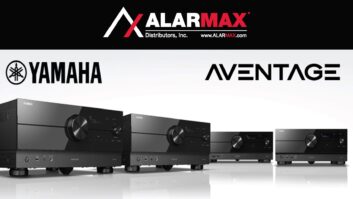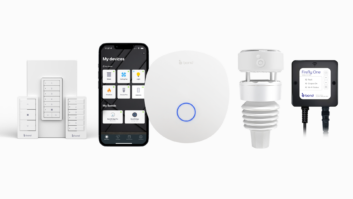Smarthome plans second-quarter shipments of home automation devices that use its proprietary Instean technology to improve reliability, extend range and reduce costs compared to other powerline- and wireless-network technologies.
Insteon combines powerline- and 900MHz wireless-network technologies and incorporates mesh networking to achieve its goals. It’s targeted to the do-it-yourself and custom-install markets, and is backward-compatible with existing X-10 powerline-network devices.
Chips incorporating Insteon technology will be available in March for use by other home-automation suppliers.
To boost range and reliability, the low-bitrate, 1.2Kbps two-way technology uses mesh networking to turn every device into a signal repeater. In addition, powerline-to-RF bridges, or access points, simultaneously repeat a command over power lines and wireless.
Most Insteon devices will either incorporate powerline or wireless technology. Only access points will incorporate both.
The technology is less expensive to implement than ZigBee or Z-Wave, the company contends, because products need not incorporate higher-cost wireless technology. Insteon RF devices promise to be slightly less expensive than other wireless-standard devices, the company also contended.
The first Insteon devices will include an in-wall controller that controls lights and appliances throughout the house, in-wall dimmer switches, and plug-in wall warts that provide remote on/off and dimming of lamps and appliances plugged into them. The first products will also include a programmable in-wall controller that controls such systems as HVAC, security, lighting and drapery.
The SignaLinc RF access point enables commands to be simultaneously transmitted via RF and powerline. The company recommends a minimum of two per house.
The lamp module, called LampLinc II, will retail for $19.99. Prices of other products weren’t announced.
The in-wall controller will activate individual lights anywhere in the house and trigger lighting scenes in individual rooms or throughout the whole house. The plug-in lamp modules gradually ramp up brightness levels to extend the life of the bulb. The lamp and appliance modules also feature a second outlet so that consumers don’t have to unplug a module to temporarily plug in another device, such as a vacuum cleaner.
Other planned products include electrical outlets and screw-in lightbulb adapters.













